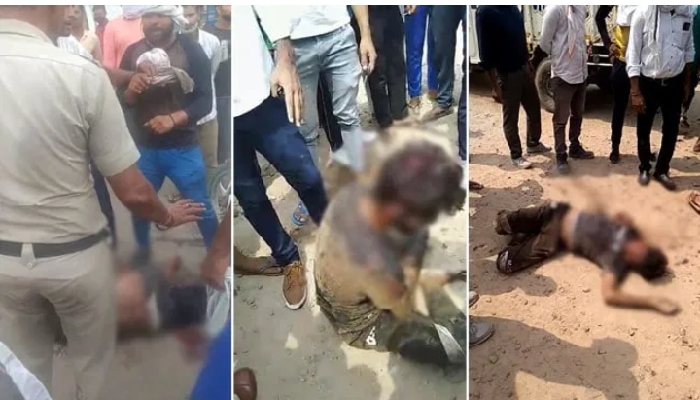Gurdaspur, Oct 15: The ruling Congress party candidate Sunil Jakhar won Gurdaspur Lok Sabha seat by a massive margin of of 193219 votes.
Jakhar, who is leading in all nine assembly constituencies after the completion of 12 rounds of counting of votes, thanked voters and the party for the massive lead.
"With this victory, people have reaffirmed faith in the leadership of Punjab Chief Minister Amarinder Singh and at the same time," said elated Jakhar.
"This is a victory for the Congress and Capt Amarinder Singh," he said. Congratulating Jakhar, the Punjab chief minister said it is a victory for the development agenda.
"Congratulations to @sunilkjakhar ji for his impressive win in #Gurdaspur bypoll, it's a victory for @INCPunjab policies & development agenda," Amarinder tweeted.
The Congress will be winning this seat after the 2009 Lok Sabha poll when Congress candidate Partap Singh Bajwa had won this seat by defeating BJP candidate Vinod Khanna.
Khanna was four-time MP from Gurdaspur Lok Sabha seat. The actor had won this seat in 1998, 1999, 2004 and 2014.
As the trends poured in, Congress workers started distributing sweets and dancing at the party office in Chandigarh.
Talking to reporters, state cabinet minister Navjot Singh Sidhu said, "We have sent a beautiful Diwali gift packed with red ribbon to our would-be President Rahul Gandhi because it sets the tone...It will be a shot in the arm for the Congress." "This (victory) is a big slap on the face of 'jija -saala' (SAD chief Sukhbir Badal and Bikram Singh Majithia). Today BJP will realise that Akali Dal in Punjab has become a burden. Time and again people have reprimanded them. It will be demoralising and send them (SAD-BJP) packing," said Sidhu.
Both the BJP and the AAP accused the Congress of misusing official machinery to win the bypoll.
Punjab BJP Secretary Vineet Joshi alleged that the Congress misused the official machinery in the bypoll. AAP candidate Maj. Gen. (Retd) Suresh Khajuria also accused the Congress of using "undemocratic means" in the bypoll.
"Ruling party used undemocratic means in these elections. People were scared and youth was almost absent in the bypoll. If they (Congress) win then that victory will not be a respectable one," Khajuria alleged.
Two counting centres have been set up for the counting of votes. For six assembly constituencies of Gurdaspur district, counting center has been set up at Sukhjindra College Gurdaspur and for three assembly constituencies of Pathankot district, counting centre has been set up at the SD College in Pathankot.
Tight security arrangements have been made at the counting centres, official said. The Gurdaspur Lok Sabha seat has nine Assembly segments -- Bhoa, Pathankot, Gurdaspur, Dinanagar, Qadian, Fathegarh Churian, Dera Baba Nanak, Sujanpur and Batala.






Comments
Dear BJP colleague,
Sunil Jakhar leading over 100000 votes. Seems this wave will continue all over INDIA in the future.
Good, INIDA requires frequent changes in central and state administration this is the sign of 100% literacy.
Keep it up INDIA
Mera Bharat Mahan
Add new comment